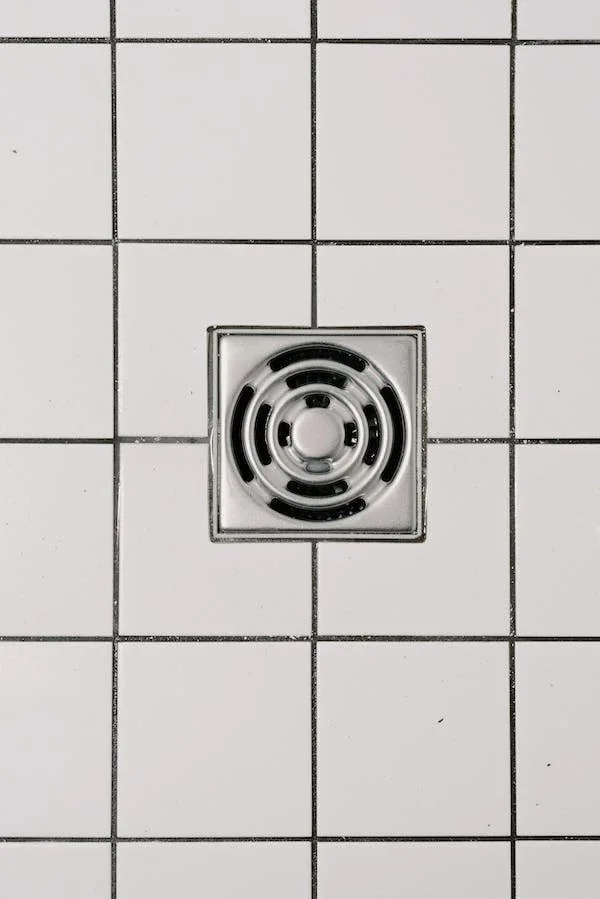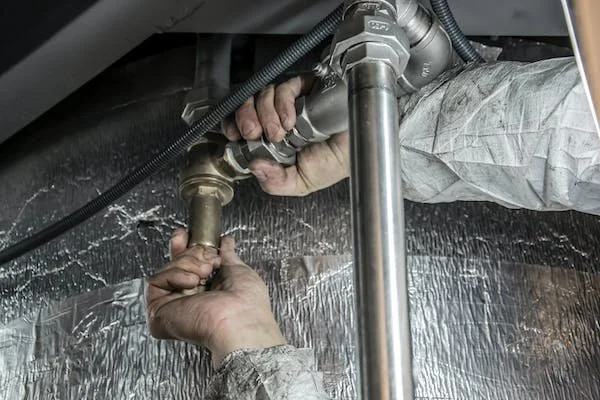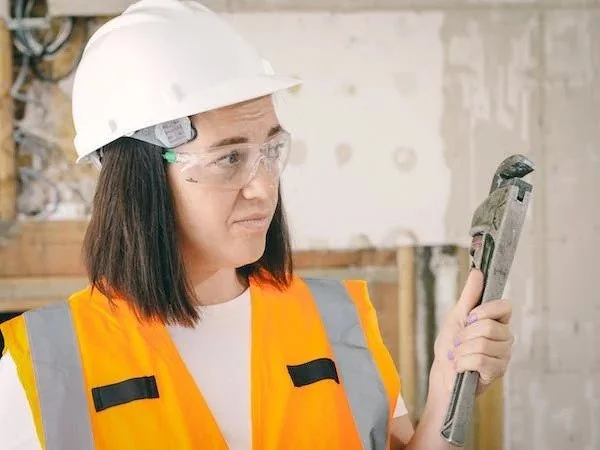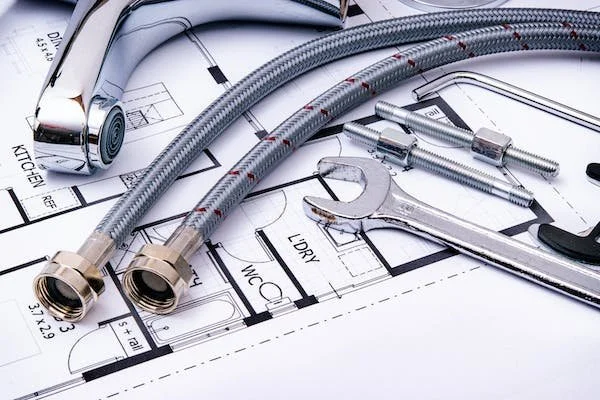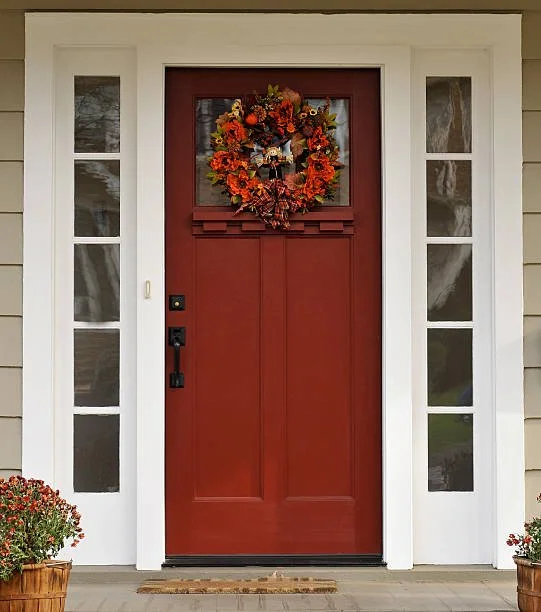How to Prevent Clogged Pipes and Drains in Older Houses
RH Business Marketing Solutions
Older houses exude a timeless charm, boasting architectural details and historical significance that captivate homeowners. However, these vintage abodes often come with their unique set of maintenance challenges, and one prevalent issue is the occurrence of clogged pipes and drains. Over time, the accumulation of debris, sediment, and the natural wear and tear of aging plumbing systems can gradually lead to blockages, causing inconvenience and even potential damage. To counter this, preventing clogged pipes and drains in older houses necessitates a proactive and comprehensive approach, so here’s how to make it happen.
Understanding the Plumbing System
The first critical step in preventing clogged pipes and drains in older houses is to embark on a journey of understanding the intricate plumbing system that resides within your dwelling. Gaining a comprehensive knowledge of the layout of the plumbing network, including the main drainage lines, sewer connections, and vital junction points, is pivotal.
Equipped with this information, homeowners can discern the flow of wastewater, pinpoint potential trouble spots, and take necessary preventive measures before these issues escalate into costly repairs. For those who are fortunate enough to procure the original plumbing plans, these blueprints can provide invaluable insights. Alternatively, consulting with a professional plumber can offer a detailed overview of the system's design, vulnerabilities, and potential bottlenecks.
Avoid Chemical Drain Cleaners
In moments of plumbing distress, chemical drain cleaners might seem like a convenient quick fix to clear clogs. However, these potent chemicals can inadvertently inflict more harm than good, especially when applied to older plumbing systems. The corrosive nature of these chemicals can accelerate the corrosion of pipes, leading to their weakening and eventual leaks.
Rather than relying on these potentially hazardous solutions, opting for more natural alternatives is prudent. For instance, a mixture of baking soda and vinegar followed by a flush of hot water can often prove effective in clearing minor clogs. In instances of more stubborn blockages, enlisting the expertise of a professional plumber ensures the use of safe and efficient methods that maintain the integrity of the plumbing system.
Upgrade When Necessary
In the realm of plumbing systems within older houses, strategic upgrades can be a proactive and effective approach to preventing clogs and maintaining optimal functionality. By evaluating the state of outdated or corroded pipes and replacing them with modern, resilient materials, homeowners can significantly mitigate the risk of clogs and corrosion. This forward-thinking approach not only improves the efficiency of the plumbing system but also augments the overall value of the residence. Collaborating with a professional plumber to identify the most appropriate upgrades tailored to the unique plumbing needs of the home ensures that homeowners are making informed decisions that are aligned with the well-being of their plumbing infrastructure.
Regular Maintenance
The axiom "prevention is better than cure" holds particularly true when it comes to the maintenance of older plumbing systems. These systems demand consistent care to ensure they operate seamlessly. To this end, scheduling routine inspections by a professional plumber is imperative. These regular assessments can unearth early signs of deterioration, rust, or corrosion within the plumbing infrastructure. Swiftly addressing minor issues before they escalate into major plumbing emergencies can not only save homeowners from exorbitant repair costs but also spare them the hassle of disruptions that such emergencies entail.
Furthermore, homeowners should consider periodic professional cleaning of their pipes. This process eradicates the accumulated sediment, debris, and potential blockages, thereby enhancing water flow and preventing the development of clogs that may impede the efficiency of the plumbing system. And if you live in Australia, for example, you might stick to reliable Chiswick plumbing services and people who will help your drains and pipes get better than ever!
Educate Household Members
Preventing clogs and fostering the health of a plumbing system is not a solo endeavor; it requires the collective commitment of all household members. Educating and enlightening everyone within the residence about the importance of proper disposal practices is pivotal.
This extends to imparting the significance of refraining from flushing non-flushable items down the toilet and exercising caution regarding the quantity of hair and soap residue that enters the drains. Encouraging a sense of shared responsibility throughout the household cultivates a culture of plumbing consciousness, significantly diminishing the likelihood of clogs and facilitating the seamless functioning of the plumbing system.
The allure of older houses often lies in their rich history, architectural significance, and the stories they carry. This proactive and thorough approach not only ensures a smoothly operating household but also serves as a testament to the preservation of the historical and architectural value that these cherished older homes encapsulate. With the implementation of these strategies, homeowners can rest assured that their abodes will continue to stand the test of time, both in terms of structural integrity and the comfort they provide for generations to come.
Guest Contributor: Diana Smith

